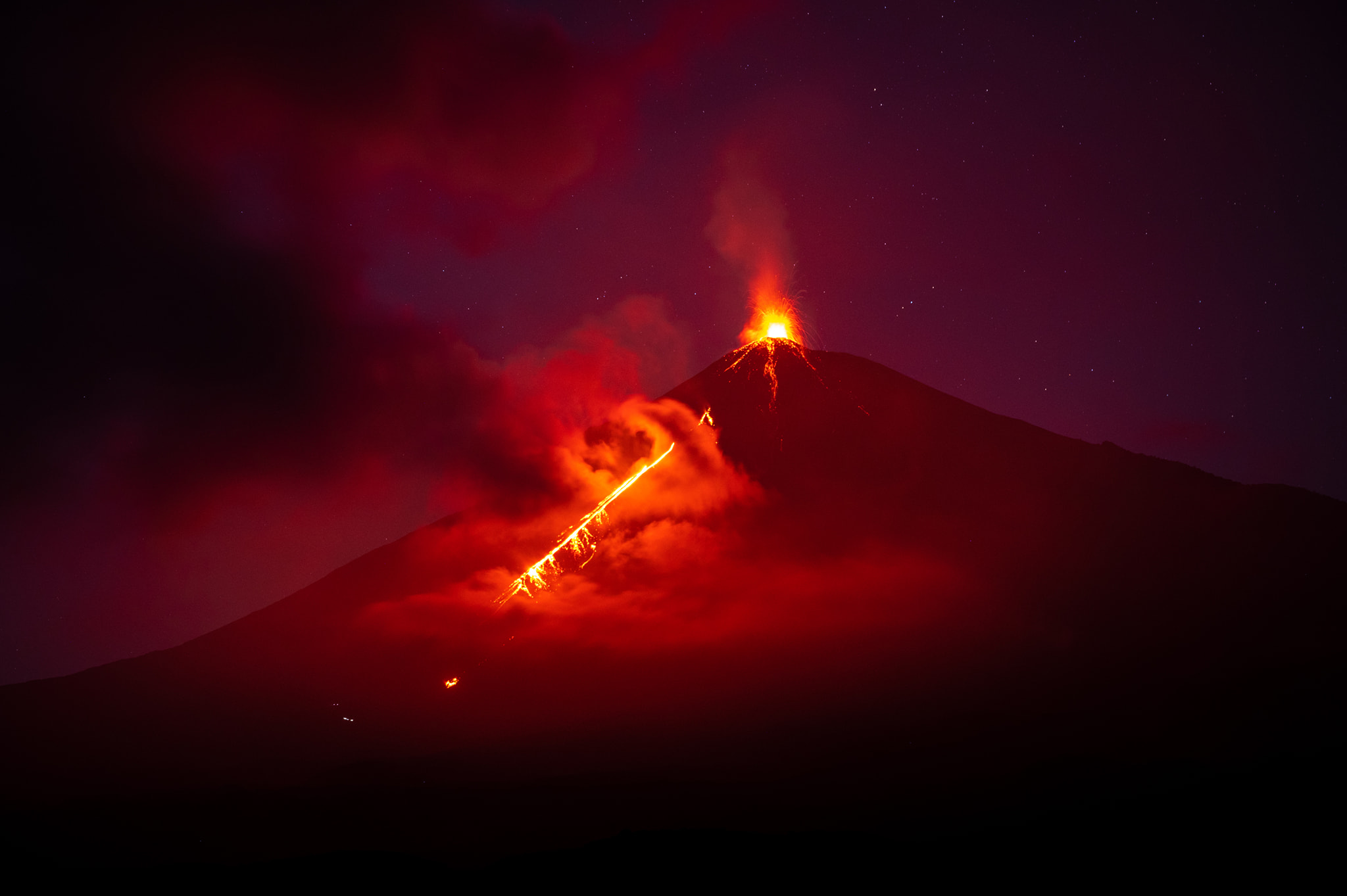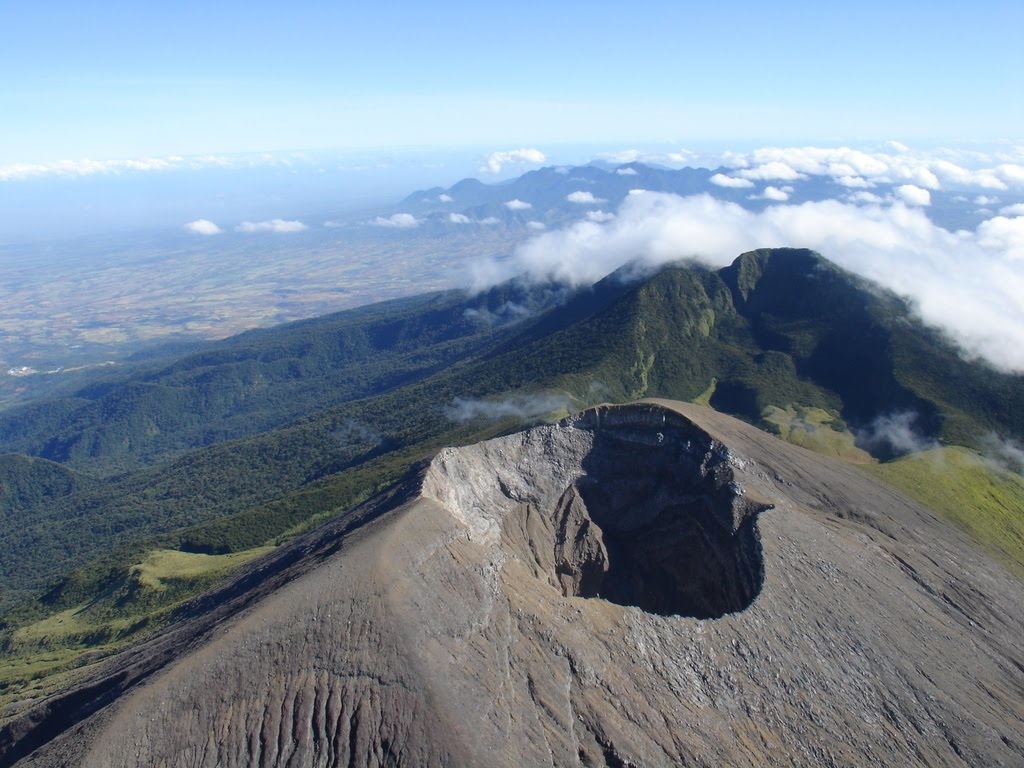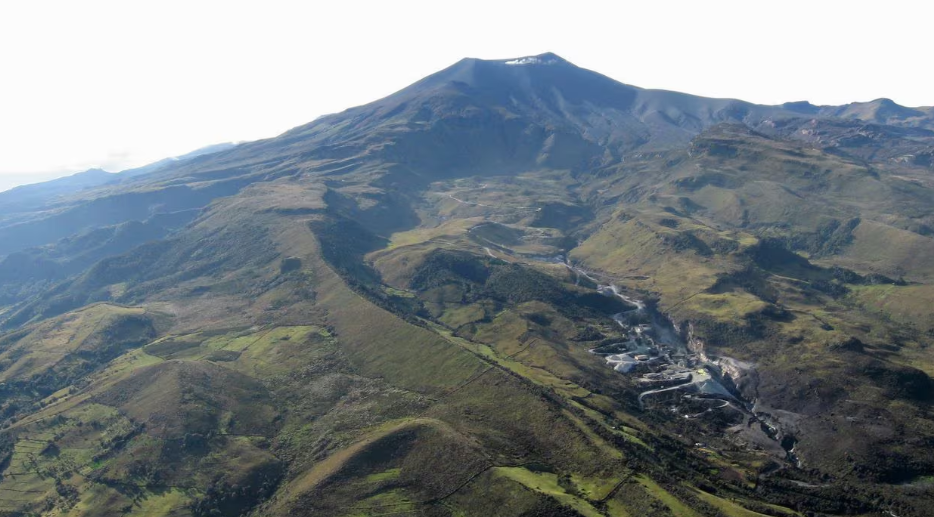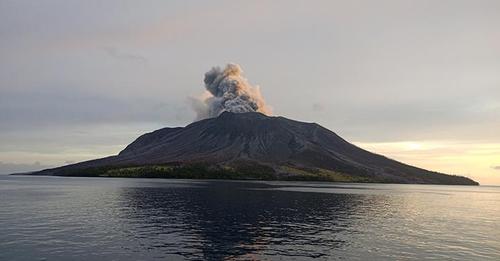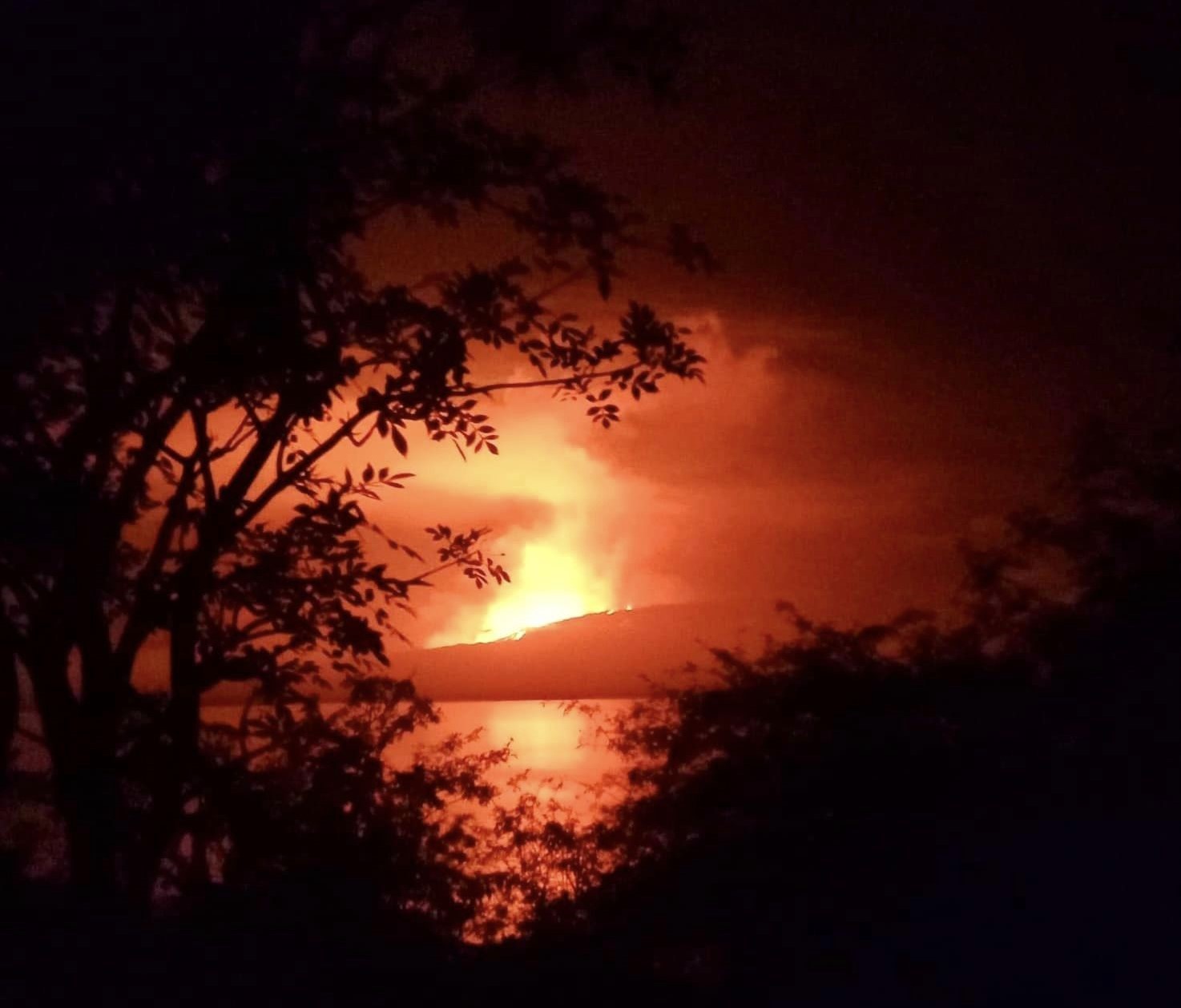June 20, 2024. EN. Indonesia : Lewotobi Laki-laki , Guatemala : Fuego , Colombia : Nevado del Ruiz , Japan : Suwanosejima , Kamchatka : Bezymianny .
June 20 , 2024. Indonesia , Lewotobi Laki-laki : PVMBG reported that eruptive activity at Lewotobi’s Laki-laki volcano continued during 12-18 June. Multiple eruptive events were recorded daily by…

